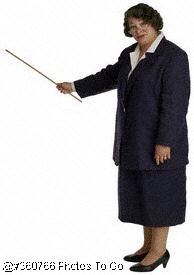|
|
 We have
an experienced and dedicated group of teachers and administrators. Each teacher strives to create a supportive and challenging
classroom atmosphere to encourage students to participate. We may introduce a teacher on this page, or have a teacher of the
month feature like the one below. We have
an experienced and dedicated group of teachers and administrators. Each teacher strives to create a supportive and challenging
classroom atmosphere to encourage students to participate. We may introduce a teacher on this page, or have a teacher of the
month feature like the one below.
Syllabus writing
Lesley Dick, British Council, Sri Lanka
Writing or developing an English
language syllabus is a difficult task. Don't let anyone tell you otherwise. In my 25 years of teaching, I have had syllabi
imposed upon me, I have had course books given to me with no syllabus guidelines, I have been given a class and no syllabus
and told to make up my own and I have been involved in major syllabus development projects for general English and English
for specific purposes.
Regardless of who the syllabus is
for, writing a syllabus will still follow certain guidelines and involve similar considerations.

|
|
 |
|
|
|
 |
|
|
|
i
Teaching Techniques

Commonly-used Acronyms
- CALL = Computer Assisted
Language Learning
- EFL = English as a Foreign
Langauge (Studying English in non-English-speaking countries)
- ELT = English Language Teaching
(or sometimes Training)
- ESL = English as a Second
Langauge (Studying English as a non-native speaker in a country where English is spoken. Depending on where you are from,
the term ESL may be more inclusive and includes EFL. For some people the reverse seems to be true.)
- ESOL = English to Speakers
of Other Languages (Note: ESL and EFL are often used interchangeably. This acronym is an attempt to make a generic term and
then assign more limited meanings to ESL and EFL.)
- L1 = "Language 1" = the student's
native (primary or first acquired) language.
- L2 = "Language 2" = the language
being learned or studied
- TEFL = Teaching English as
a Foreign Language
- TESL = Teaching English as
a Second Language
- TESOL = Teaching English
to Speakers of Other Languages (It is also the name of an association, Teachers of English to Speakers of Other Languages,
Inc.)
- TOEFL = Test of English as
a Foreign Language
- TOEIC = Test of English for
International Communication
aching Techniq |

|
 |
|
|
|
